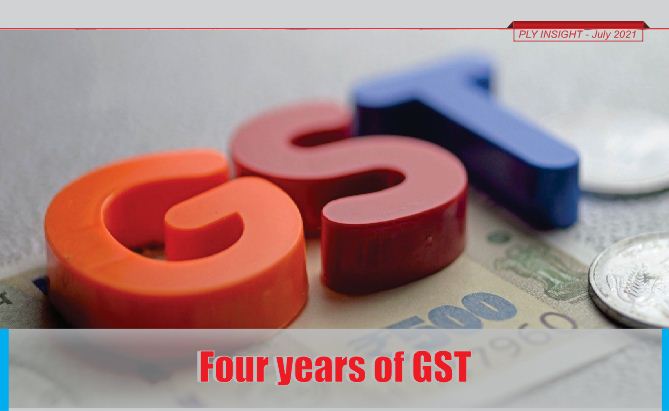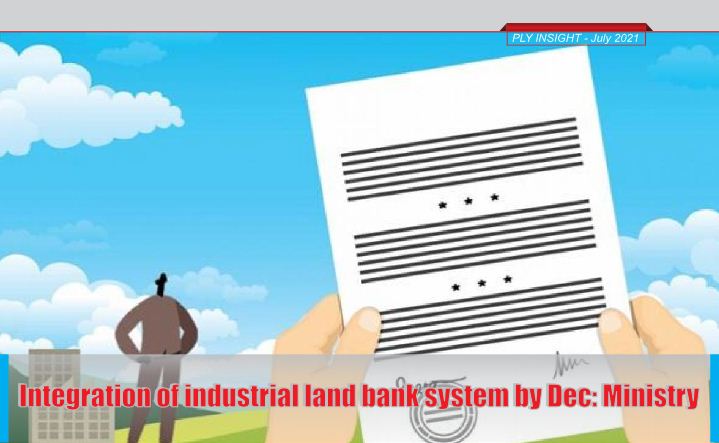
Four years of GST
- July 20, 2021
- 0
Four years after its mega launch, goods and services tax (GST) has covered a long distance. Before GST came into effect on July 1, 2017, multiple markets across India, with each state charging a different rate of tax, led to huge inefficiencies and costs of compliance.
The government is right in pointing out that GST has eased one of the most complex indirect tax systems, and a company looking to do business in every state had to make as many as 495 different submissions in the previous tax regime. Under GST, that number has now reduced to just 12. One of the reasons for the earlier subdued GST collection was the persistent problems in the backend infrastructure. This issue has been addressed to a large extent and mandatory e-invoicing above a threshold is helping improve compliance. However, as the GST system moves into the fifth year, there is no doubt that it has fallen short of initial expectations, and concerted efforts need to be made to improve one of the most significant reforms in recent decades to make it a more stable and efficient tax system. The reform is said to have significantly affected the unorganized sector. The idea was to keep improving the system over time.
The most important aspect the GST Council needs to focus on is tax collection. Revenue generation is estimated to have fallen by over 1 per cent of gross domestic product after the implementation of GST, compared to collection from taxes subsumed in it. This is an untenable position. GST was expected to improve efficiency, reduce evasion, and boost tax collection.
India is in an extremely difficult fiscal position and cannot afford to have an underperforming indirect tax system. Thus, the Council should immediately rationalize rates. Simultaneously, it should address the issue of the inverted duty structure and lower the number of slabs. This would also make compliance easier and boost revenue.
जीएसटी के चार वर्ष
अपनी शुरूआत के चार वर्ष बाद वस्तु एवं सेवा कर (जीएसटी) ने लंबा सफर तय कर लिया है। जीएसटी के 1 जुलाई, 2017 को लागू होने से पहले देश में कई तरह के बाजार थे। हर राज्य अलग दर पर कर वसूल करता था जिसके चलते तमाम दिक्कतें होतीं और भारी भरकम अनुपालन लागत वहन करनी पड़ती। सरकार का यह कहना सही है कि जीएसटी ने सर्वाधिक जटिल अप्रत्यक्ष कर व्यवस्थाओं में से एक को आसान बना दिया है। पुरानी कर व्यवस्था में यदि कोई कंपनी हर राज्य में कारोबार करना चाहती थी तो उसे 495 प्रकार की प्रस्तुतियां देनी होती थीं। जीएसटी के अधीन यह तादात घटकर 12 रह गई है। शुरूआती दिनों में कमजोर जीएसटी संग्रह की एक वजह यह थी कि बैकएंड बुनियादी ढांचे में अक्सर दिक्कत आती थी। अब यह समस्या काफी हद तक हल हो चुकी है और अनिवार्य ई-इनवाॅइसिंग के कारण अनुपालन बेहतर करने में मदद मिली है। बहरहाल, जीएसटी व्यवस्था अब अपने पांचवें वर्ष में प्रवेश कर रही है और इसमें दो राय नहीं कि वह शुरूआती अपेक्षाओं पर खरी नहीं उतरी है। हालिया दशकों के इस सबसे महत्त्वपूर्ण सुधार को अधिक स्थिर और किफायती कर व्यवस्था में बदलने के लिए ठोस प्रयासों की आवश्यकता है।
जीएसटी परिषद को जिस सबसे अहम पहलू पर ध्यान देने की जरूरत है वह है कर संग्रह। जीएसटी लागू होने के बाद इसमें समाहित करों की तुलना में राजस्व संग्रह में जीडीपी के एक फीसदी के बराबर कमी आने की बात कही गई है। यह अच्छी स्थिति नहीं है। आशा की जा रही थी कि जीएसटी से किफायत बढ़ेगी, कर वंचना कम होगी और कर संग्रह सुधरेगा।
भारत की राजकोषीय स्थिति अत्यंत कठिन है और वह कमतर प्रदर्शन वाली अप्रत्यक्ष कर व्यवस्था को नहीं झेल सकता। ऐसे में परिषद को दरों को तत्काल तार्किक बनाना चाहिए। इसके साथ ही उसे व्युतक्रम शुल्क ढांचे (जहां कच्चे माल पर लगने वाला शुल्क तैयार माल पर लगने वाले शुल्क से अधिक होता है) और स्लैब की तादाद कम करने के विषय का निराकरण करना चाहिए।































































